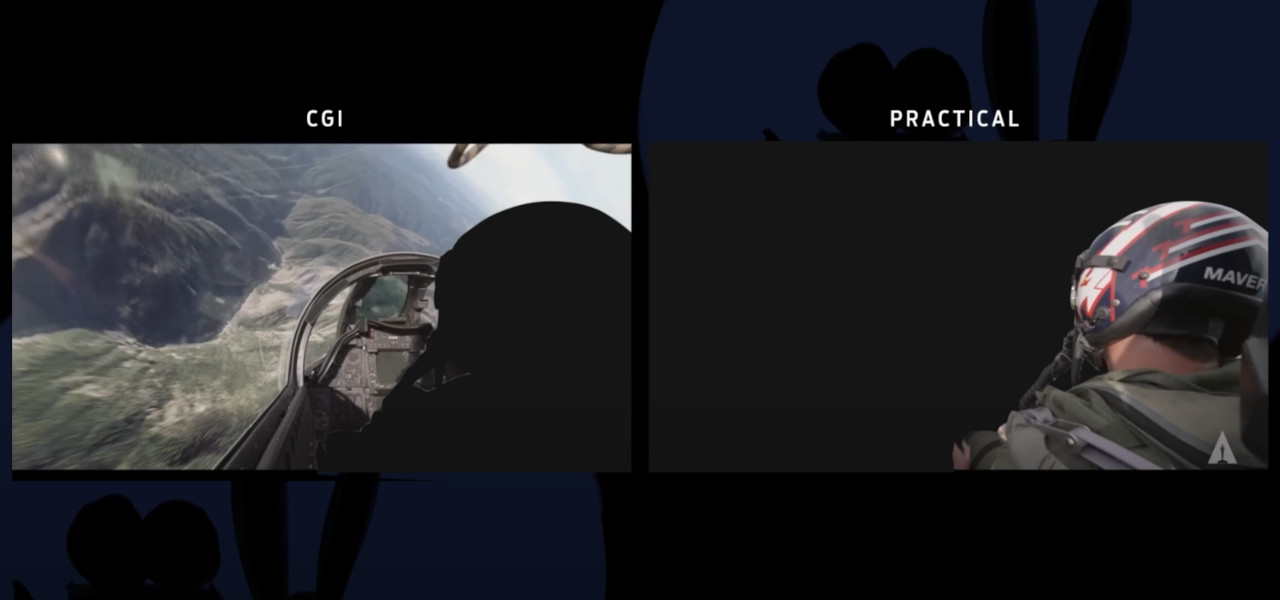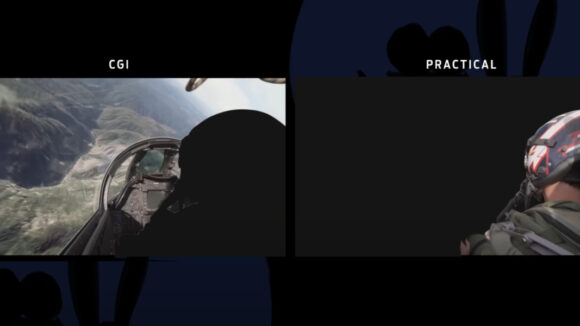

Video Essay: Why Do Studios Refuse To Acknowledge That They Use CG
To outside observers, it might seem like Hollywood blockbusters are having a practical effects renaissance. Films and series are being marketed by the amount of practical shots they include, often giving little or no credit to the hundreds of digital effects workers who create the images that end up on the screen.
The phenomenon was the main topic of a recently posted video by Jonas Ussing, a visual effects supervisor whose credits include Netflix’s The Rain and theatrical features including Cowboys & Aliens and Olympus Has Fallen. He also wrote and directed the short film Zombiehagen.
In his latest video, Ussing uses recent hit films and series to discuss why so much modern digital vfx work goes unnoticed and uncredited. He describes in detail what “invisible cgi” is and why studios aren’t technically lying when they say that their shots were all filmed practically.
Ussing starts with Top Gun: Maverick and shares clips and articles of individuals involved with the film bragging about shooting every scene practically. That is true; each scene was shot practically, but it’s also disingenuous. Ussing points out that the film contains more than 2,400 visual effects shots, and that frequently, the practical footage was only used as a guide for vfx artists to work from. In some shots, all that’s left in the final version are the human characters.
Ussing shared a clip in which Top Gun: Maverick editor Eddie Hamilton explains how the film’s entire final dogfight was filmed with stand-in jets that vfx artists later replaced. Hamilton says, “There’s a lot of visual effects in this movie, and you may not realize what the visual effects are because they’re kind of invisible.”
So, if the scenes are almost completely reskinned using digital effects, why bother shooting them in the first place? Why not just create them from scratch in a computer? According to Ussing, it can be summed up in one phrase: “Grounded in reality.”
He says that “by filming real aircraft from real aircraft, not only do we have great lighting reference for the cgi reference you’re going to insert, they also move like the real thing.”
Ussing provides several other examples of practical filming used to benefit vfx artists from Blade Runner 2049, Fast X, and Stranger Things. According to Ussing and other artists quoted in the video, a film or series’ effects will look the best when the practical and digital effects teams work together towards the same goal.
The argument is solid but leads to one major unanswered question, offered up by Ussing himself: “Why are studios covering up their use of cgi as if it was Mafia money?” To explain, he’ll be posting three more videos on the subject, and we’ll surely be tuning in to find out what he has to say.
Pictured at top: Top Gun: Maverick

.png)